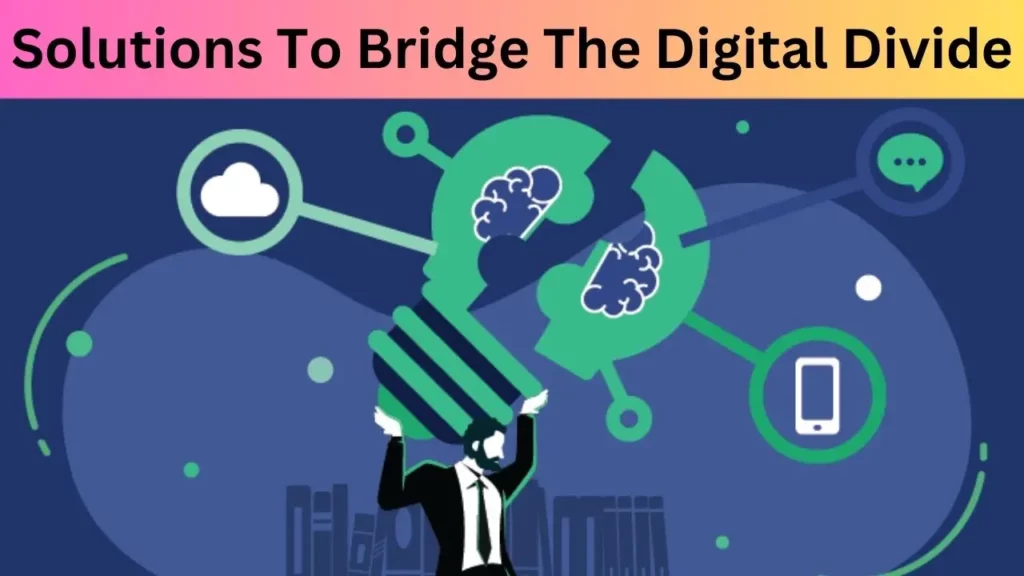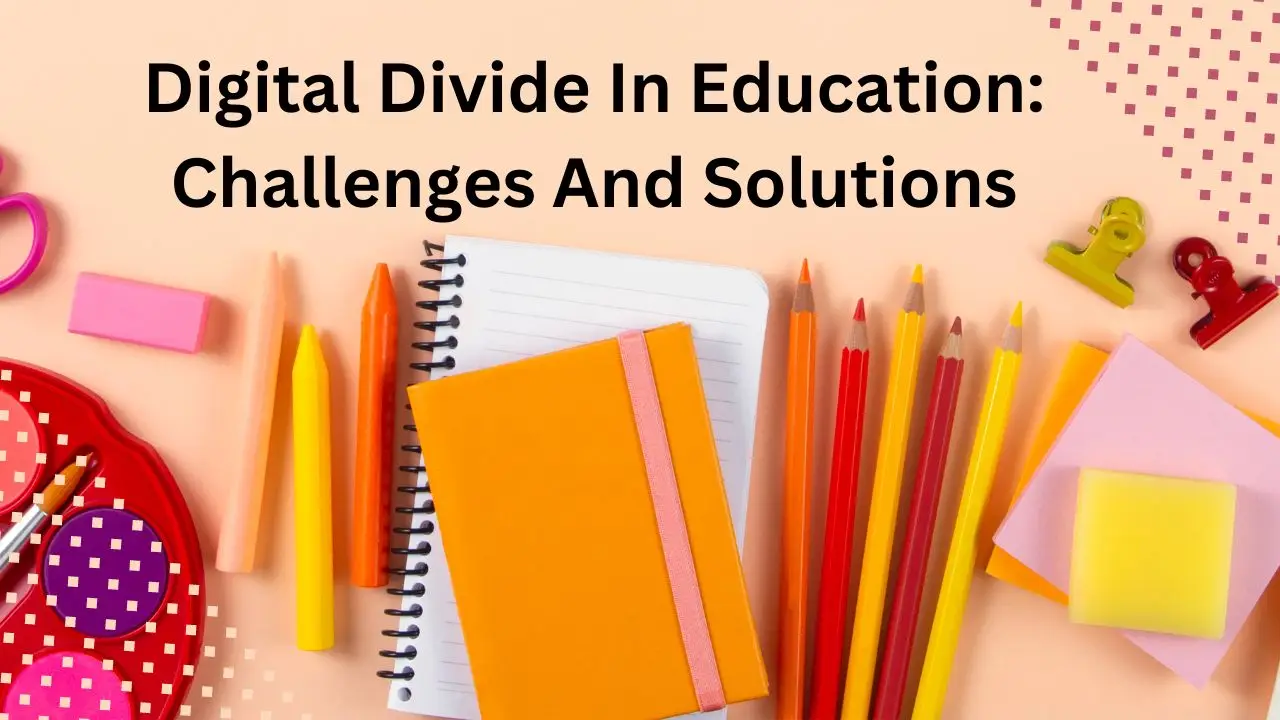In today’s increasingly digital world, access to technology and the internet has become a vital aspect of education. However, a significant disparity exists in access to digital resources and connectivity among students, creating what is known as the digital divide.
This article examines the challenges posed by the digital divide in education and explores potential solutions to bridge this gap and ensure equitable access to educational opportunities for all students.
Understanding The Digital Divide
The digital divide refers to the unequal distribution of digital resources, such as computers, internet connectivity, and digital literacy skills. It encompasses both infrastructure-related challenges and socioeconomic factors that hinder access to technology and the Internet.
In education, the digital divide can create a profound impact, as students without adequate access to digital resources are at a disadvantage when it comes to learning, collaboration, and acquiring essential digital skills.
Challenges Posed By The Digital Divide In Education
Lack of Access to Hardware and Infrastructure: Many students, particularly those from economically disadvantaged backgrounds or rural areas, lack access to personal computers, laptops, or tablets. Insufficient internet connectivity, slow internet speeds, or no internet access at all further exacerbate the digital divide.
Limited Digital Literacy Skills: Even when students have access to technology, a lack of digital literacy skills can hinder their ability to effectively navigate online resources, evaluate information credibility, and use digital tools for learning purposes.
Educational Inequity and Academic Achievement Gap: The digital divide widens existing educational inequities and contributes to the academic achievement gap. Students without access to technology and the internet face challenges in completing assignments, accessing educational materials, and participating in online learning environments.
Teacher Preparedness and Professional Development: Educators may struggle to incorporate technology effectively into their teaching practices due to a lack of training and professional development opportunities. This can hinder their ability to provide quality digital learning experiences and support students in bridging the digital divide.

Solutions To Bridge The Digital Divide
Infrastructure Development and Connectivity Initiatives: Governments, educational institutions, and community organizations can collaborate to improve infrastructure and expand broadband connectivity to underserved areas. Investment in high-speed internet access, the establishment of community Wi-Fi networks, and partnerships with internet service providers can help bridge the connectivity gap.
Equitable Distribution of Devices: Schools and districts should ensure the equitable distribution of devices, such as laptops or tablets, to students who lack access at home. This may involve securing funding for device initiatives, implementing device loan programs, or partnering with organizations that provide refurbished or low-cost devices.
Digital Literacy Programs and Curriculum Integration: Educational institutions should prioritize digital literacy programs that teach students essential skills for navigating the digital world. Incorporating digital literacy into the curriculum across various subjects can empower students to critically evaluate information, use digital tools effectively, and engage in responsible online behavior.
Collaboration and Partnerships: Collaboration among educational stakeholders is essential in addressing the digital divide. Partnerships with community organizations, technology companies, and non-profit organizations can provide resources, mentorship programs, and digital skills training to underserved students.
Teacher Training and Professional Development: Providing teachers with comprehensive training and professional development opportunities is crucial for enhancing their digital literacy skills and integrating technology effectively into their teaching practices. Offering ongoing support, workshops, and online courses can help educators develop the necessary competencies to bridge the digital divide in their classrooms.
Digital Inclusion Initiatives: Governments, educational institutions, and organizations should work together to develop comprehensive digital inclusion initiatives. These initiatives should focus on providing affordable internet options, digital literacy training for adults, and community-based programs that promote digital inclusion for all.
Conclusion
The digital divide in education presents significant challenges that need to be addressed to ensure equitable access to educational opportunities for all students. By investing in infrastructure, device distribution, digital literacy programs, and teacher professional development, we can begin to bridge the digital divide.
Collaboration among educational stakeholders and the implementation of comprehensive digital inclusion initiatives are essential in creating a more equitable and inclusive education system. By closing the digital divide, we can empower students, narrow educational inequities, and provide equal opportunities for all to thrive in the digital age.
